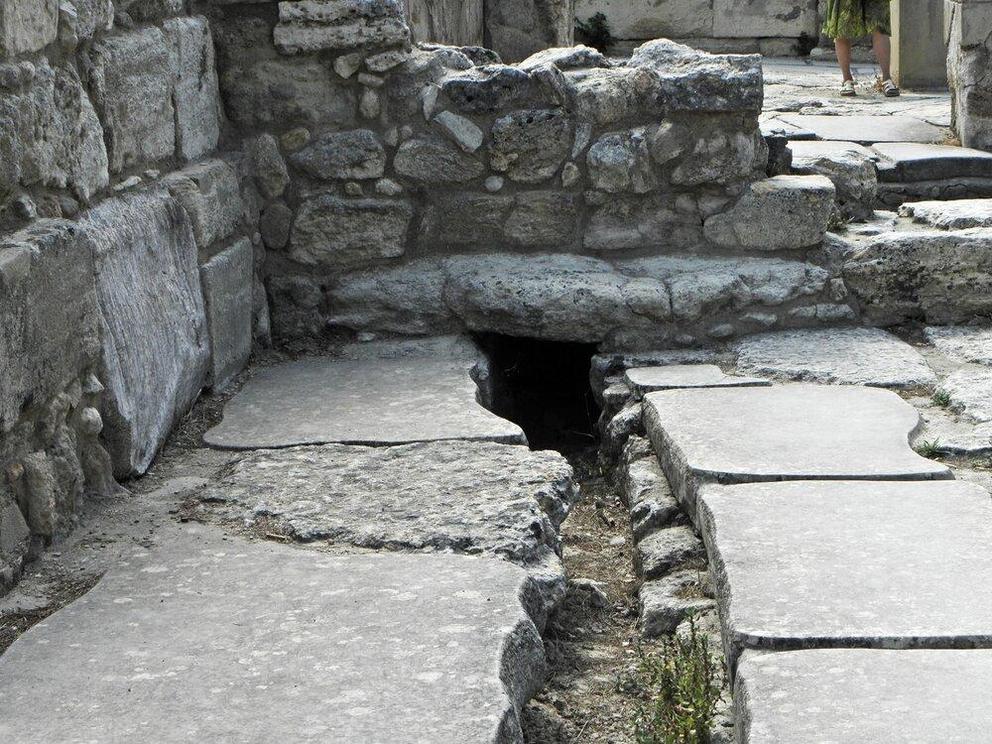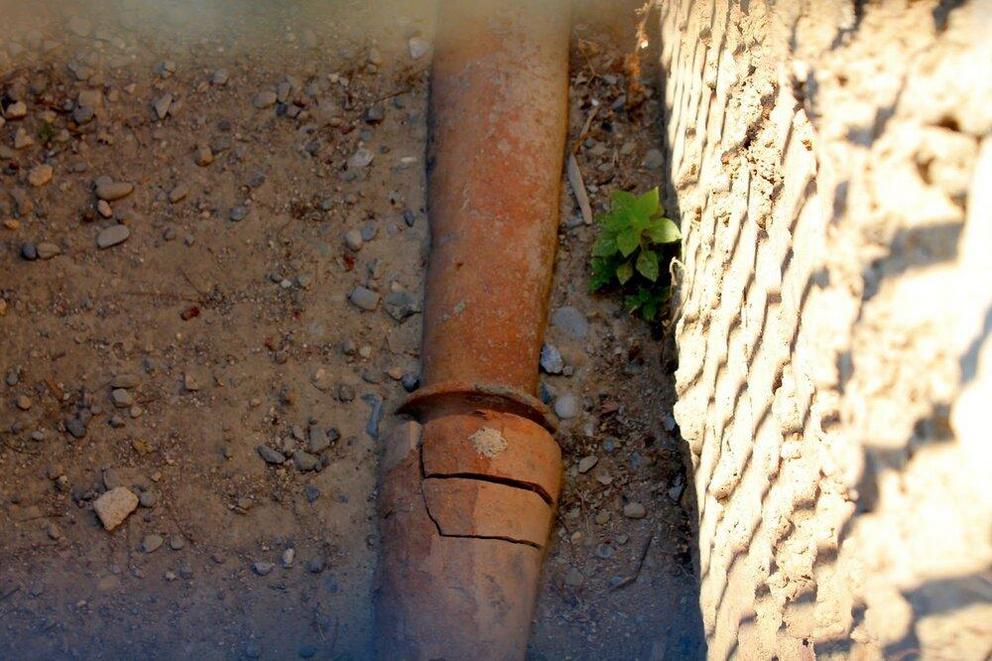Water harvesting and distribution systems of the Minoan civilization
The Minoans were a great Bronze Age civilization that peaked during the second millennium B.C. in Crete island, Greece. They had built multistory complexes, now referred to as “palaces,” which were actually distribution centers for large quantities of goods such as olive oil, wine, and grains. The palatial architecture featured colonnaded courtyards, sliding doors, and external staircases. The monumental stone buildings were braced with wood beams.

The systematic evolution of water management in ancient Greece began in Crete during the early Bronze Age, i.e. the Early Minoan period (ca. 3500–2150 B.C.) (Mays, 2010). However, one of the most elaborate of the terracotta pipe water management systems was located at the city of Knossos and its palace, Minos. And it was “[during] the Neopalatial period, ca. 1700–1400 B.C., [that] Knossos was at the height of its splendor” (Mays, 2010). Water technologies included running water within the palaces and other settlements, drainage systems, piping systems, rainwater harvesting, and other technologies.

Terracotta pipes were used also for a variety of purposes. They could convey either storm water collected from roofs, waste water, or fresh water from nearby springs and aqueducts. They then conveyed this water to cistern systems, palaces, sewage and drainage systems, or public water supply networks such as public [fountains] or an open area from a spring, as shown in the case of the town of Zakro. In a case from Myrtos-Pyrgos (west of the city of Ierapetra) a terracotta pipe of rectangular shape supplied the nearby cistern system with stormwater collected from roofs. These pipes were also used in aqueducts. Minoan aqueducts were of two basic types: the open/natural gravity flow system (e.g., Malia and Tylissos); and the closed/pressured pipe system. The evidence for closed type water distribution in Minoan Crete originates from the use of terracotta pipes, found at the palaces of Knossos and Tylissos, along with several others, discovered at the palace of Phaistos and at Palaikastro, Gournia, Lykastos and Zakro (House B).
For the rest of this article please use source link below

